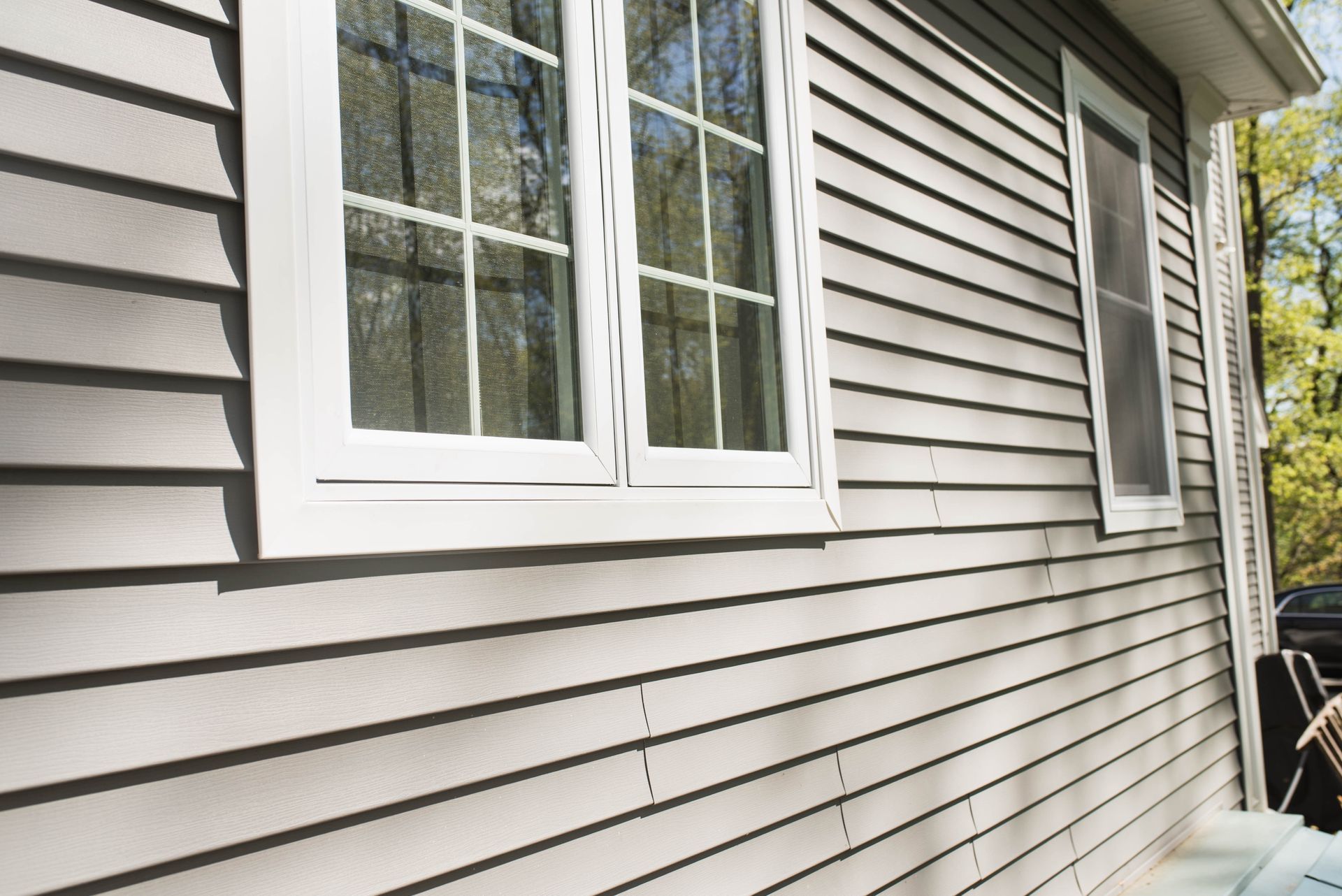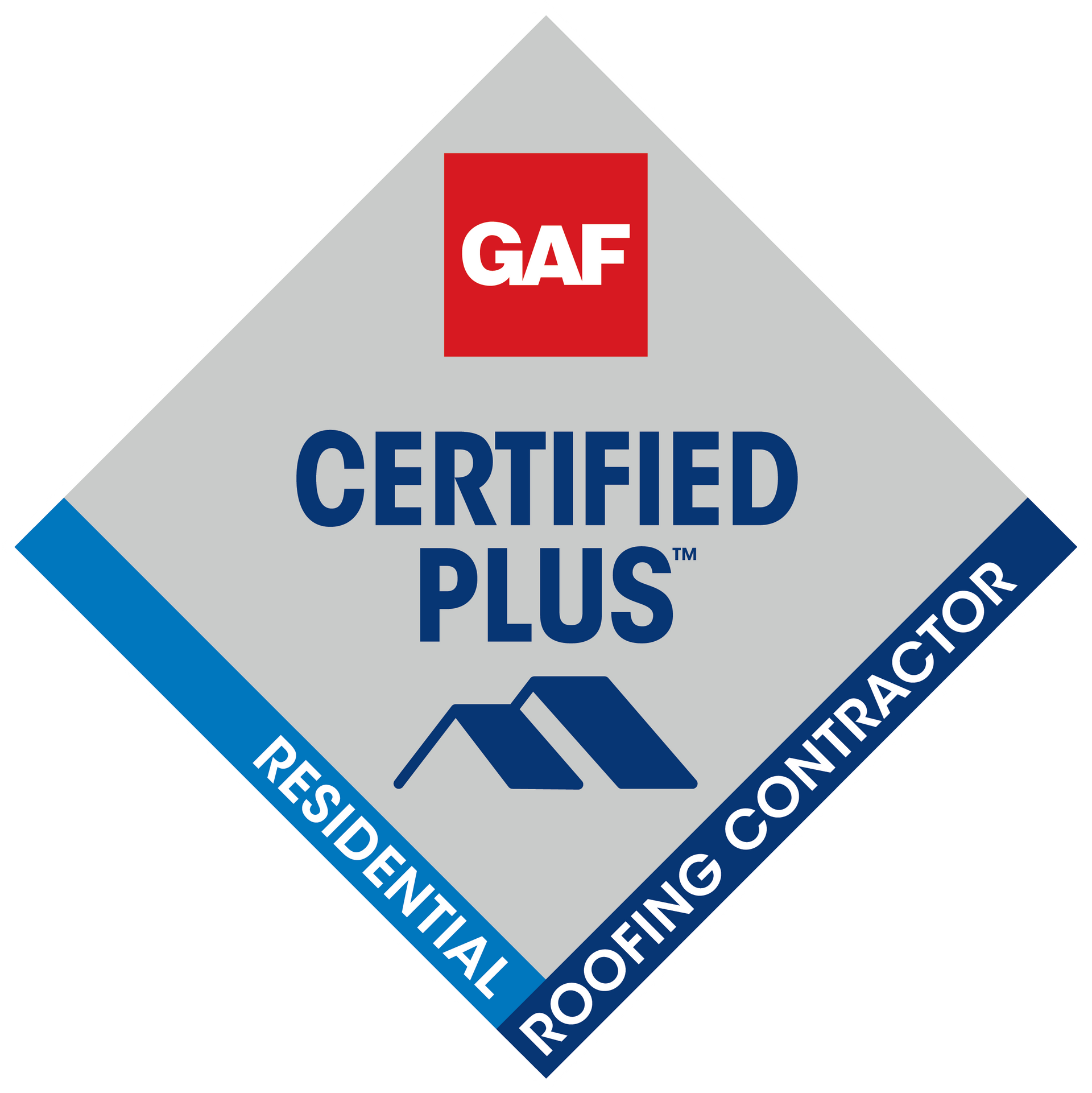Recent Blog Posts
Remodeling Contractors and Roofers
Elk River, MN
24/7 Emergency Services
Free Quotes Within 24 to 48 Hours
Referral Discounts Available
Request Lorem Epsom
Hero Request Form
Thank you for contacting us.
We will get back to you as soon as possible.
Please try again later.
Roofing and Home Improvement Services
Since 1969, Welter Construction has been a trusted name in the Greater Minneapolis Metro Area. Our family-owned business has spent over five decades providing outstanding roofing and home improvement services. We recognize that your home is a vital part of your life, which is why we handle every project with great care and attention to detail. As certified GAF Roofing and LP Expert Installers, we bring extensive knowledge to each job.
Our wide range of services includes roof installations, repairs, siding, gutters, and interior renovations. We offer competitive pricing, lifetime warranties on select products, and smooth coordination with insurance companies. Our remodelers and roofers in Elk River, MN are available 24/7 for both emergency repairs and planned renovations. If you're looking for dependable, high-quality home improvements, contact us to see how Welter Construction can help.
Why Choose Welter Construction
24/7 Emergency Services
Free Quotes Within 24 to 48 Hours
Referral Discounts Available
Lifetime Siding and Roofing Warranties
1-Year Workmanship Warranty
Financing Available

Deck Contracting
Gutters and Windows
Interior Services
Renovation and Remodeling
Roof Installation & Repairs
As GAF-certified roofers, we provide full roof installation and repair services. Our roofers in Eden Prairie, MN handle everything from small leaks to complete replacements.
Siding Installation
Siding Repairs
Specialized Roofing Services
We offer custom roofing solutions for unique designs and specific needs. Our roofers in Elk River, MN work with various materials and styles to meet different preferences.
Specialized Siding Services
Specialty Roof Repairs
Our roofers in Eden Prairie, MN tackle complex roof repair challenges, from historical restorations to fixing unusual roof structures with creative solutions.
Trim and Fascia Service


Here's what our satisfied customers are saying...
At Welter Construction, we take pride in providing exceptional roofing, siding, renovations, and more to our customers. We would be grateful if you could share your thoughts about our company with others. Your feedback helps us improve and helps others make informed decisions. Please take a moment to leave a review of Welter Construction and let others know what you think.
Frequently Asked Questions
Who is your company, and what do you specialize in?
We are Welter Construction, a family-owned general contracting firm serving the Greater Minneapolis area for over 50 years. Our team specializes in roofing, siding, decks and porches, doors and windows, gutters, kitchen and bathroom remodeling, home additions, and fire, water, or storm damage restoration. Our roofers in Elk River, MN bring decades of expertise to every exterior project.
We pride ourselves on being a one-stop solution for both interior and exterior home improvements. From design to installation, we focus on quality craftsmanship and personalized service to ensure every project exceeds expectations.
What makes your company different from other contractors?
Our experience sets us apart. With more than five decades in the industry, we have the knowledge and skills to handle projects of any size or complexity. Our general contractors and roofers in Eden Prairie, MN also provide lifetime warranties on roofing and siding, giving our clients peace of mind that their investments are protected.
Beyond our expertise, we prioritize customer convenience. We manage insurance claims when needed, offer 24/7 emergency service, and guide clients through every step of the project, ensuring a smooth and stress-free experience from start to finish.
What types of roofing and exterior services do you provide?
Our roofers in Elk River, MN offer comprehensive roofing solutions for both residential and commercial properties, including repairs, replacements, and new installations. Our team also handles siding, deck and porch construction, gutter installation and repair, and doors and windows upgrades.
Each project is completed by certified professionals using high-quality materials, ensuring long-lasting results. We focus on enhancing both the beauty and functionality of your home or business exterior.
What remodeling services do you offer?
Our remodeling services cover kitchens, bathrooms, home additions, and basement finishing. Whether you want to modernize a space, expand your home, or transform an underused area, we provide design guidance and professional construction services tailored to your needs.
We work closely with clients to ensure that every remodeling project reflects their vision and style. From concept to completion, our goal is to create functional, beautiful spaces that enhance your home’s value.
Do you work with insurance claims and emergencies?
Yes, our roofers in Eden Prairie, MN offer 24/7 emergency service to address urgent issues such as storm damage, leaks, or structural problems. Our team can respond quickly to minimize damage and get your home back in a safe condition.
We also handle insurance claims on your behalf, simplifying the process and helping you navigate paperwork and inspections. Our support ensures that your project moves forward efficiently without added stress.
Where do you serve and how far do you travel?
Our primary service area is the Greater Minneapolis metro region, including cities like Minneapolis, Maple Grove, and Woodbury. We are equipped to handle both residential and commercial projects throughout this area.
If you live outside the immediate metro region, we encourage you to contact us to discuss whether your location is within our service range. Our remodelers and roofers in Elk River, MN aim to make high-quality construction services accessible to as many clients as possible.
Are you licensed, certified, and insured?
Yes, we are fully licensed and certified in all key areas of roofing, siding, and remodeling work. Our team is also bonded and carries comprehensive liability insurance to protect both our clients and our workers.
As experienced roofers in Eden Prairie, MN, we adhere to the highest industry standards. This ensures that every project meets local regulations, giving you confidence that your home is in safe, capable hands. Safety and professionalism are central to everything we do.
What safety and quality guarantees do you offer?
We emphasize quality craftsmanship and attention to detail in every project. Our team is trained to use the best techniques and materials available, and we back our work with warranties, including lifetime warranties on roofing and siding. Our remodelers and roofers in Elk River, MN ensure every job meets rigorous quality standards.
We also prioritize safety on every job site, ensuring that our team and your property are protected throughout the construction process. This commitment guarantees a smooth, reliable experience from start to finish.
How does the initial consultation and quote process work?
We offer a free, no-obligation consultation where we assess your home, discuss your goals, and explore your options. During this visit, we’ll provide professional recommendations to help you make informed decisions. Our roofers in Eden Prairie, MN and beyond can also inspect your roofing and exterior needs during this consultation.
After the consultation, we provide a detailed quote outlining materials, labor, and timelines. We encourage clients to ask questions and review every aspect of the project to ensure complete transparency and confidence before work begins.








